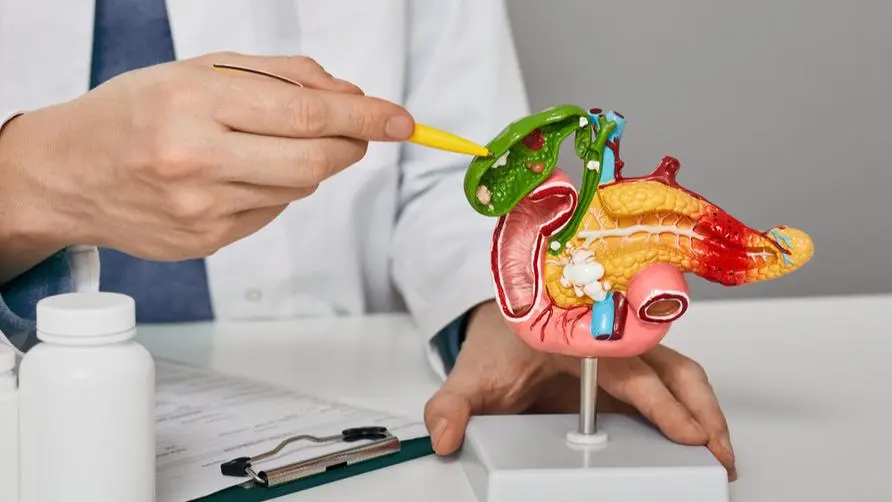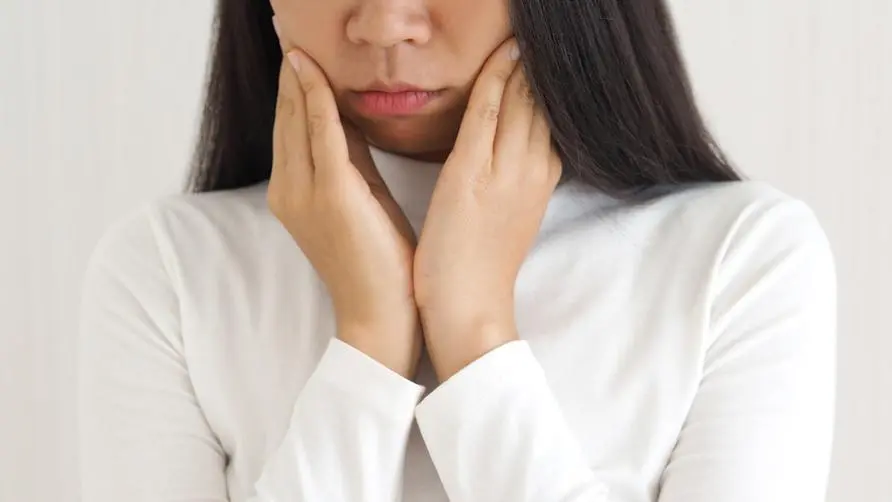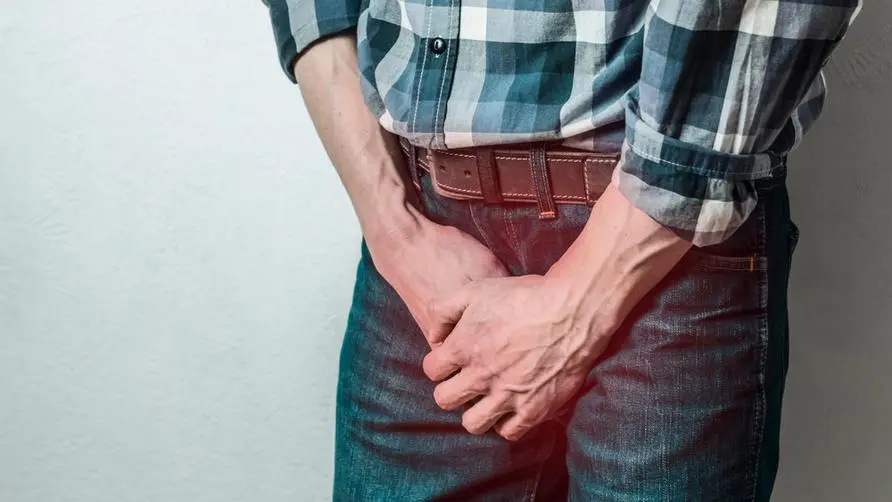Should I be worried about polyps in my gallbladder? Is there a serious risk of cancer? Doctor: If it exceeds "this centimeter", it needs to be removed!

Should I be worried about polyps in my gallbladder? 4 types of “this” are the most deadly
If polyps appear in the “gallbladder” in the body, do I need to worry about the risk of polyps developing lesions? Dr. Qian Zhenghong, director of the Liver Disease Prevention and Treatment Center of Keelung Chang Gung Memorial Hospital, pointed out in the community that a male patient in the outpatient clinic suddenly lost 4 kilograms in weight recently, which was suspected to be caused by “gallbladder polyps” detected six months ago. In fact, gallbladder polyps are completely different from colorectal polyps, and the risk of disease is very low, so people do not need to worry too much.
Dr. Qian Zhenghong said that according to the recent recommendations of the European Journal of Gastroenterology, the prevalence rate of gallbladder polyps in the general population is 1-7%, and can be further divided into 4 major categories:
Cholesterol polyps account for the largest proportion of all patients (60%). More than half of gallbladder polyps are cholesterol polyps, which are caused by abnormal cholesterol metabolism and accumulation in the gallbladder wall.
Myadenomas account for about 25% and are usually limited to the bottom of the gallbladder. They are caused by excessive intra-gallbladder pressure, resulting in abnormal gallbladder wall structure and hyperplasia of the muscle layer. Basically there is no malignant doubt.
Inflammatory polyps accounting for 10%, as the name suggests, it is caused by chronic inflammation of the gallbladder.
Adenomas are rare (0.5-4%) and can be said to be polyps with a risk of becoming cancerous. However, it has not been proven that all gallbladder cancers are transformed from adenomas. About half of patients have adenomas and gallstones.
Can polyps turn into cancer? 6.6% of polyps “will grow”?
Is it possible for gallbladder polyps to progress into “cancer cells”? Dr. Qian Zhenghong pointed out that the vast majority of medium-sized polyps (0.6-1 cm) show benign natural processes, but there are a few rare malignant polyps with a diameter of less than 1 cm. In several large studies, polyps larger than 1 cm are significantly more likely to develop adenomas (according to statistics, the average size of adenomas is 1.4 cm). The larger the polyps, the greater the chance of cancer. If the polyps are larger than 1.8 cm, they may develop gallbladder cancer. The probability is higher.
“Statistics show that after an average of 3 years of tracking, 6.6% of polyps will grow. Although the chance of getting bigger is very low, it is still not impossible!” Dr. Qian Zhenghong said that the current “Dupler ultrasound” technology, It can help determine whether it is an adenoma. However, it is still difficult to distinguish whether most polyps have malignant changes using ultrasound. Most polyps can be inferred by measuring their size. When malignant tumors are suspected, computed tomography or magnetic resonance imaging can be arranged.
As for whether gallbladder polyps will disappear? Dr. Qian Zhenghong explained that statistically about 10% of small polyps will disappear during the tracking process. It is possible that stones, gall sludge, cholesterol accumulation or wrinkles on the gallbladder wall were initially mistaken for small polyps, and then the polyps no longer existed during the examination. Another possibility is that inflammatory polyps originally appeared; but when the gallbladder inflammation improves, the polyps disappear. Dr. Qian Zhenghong reminded that although there is no direct evidence that cholesterol polyps are related to dietary cholesterol, it is correct to avoid a high-fat diet. In particular, many people also have gallstones and need to pay more attention to whether their blood fat is too high.
Suffering from gallbladder polyps requires regular follow-up with the doctor: if the polyps are larger than “this centimeter”, you should pay special attention!
In addition, Dr. Qian Zhenghong also made the following suggestions based on the size of gallbladder polyps:
If “the polyp is larger than 1 cm”, or “increases by 0.3 cm per year”, or “the adjacent gallbladder wall is thickened (more than 0.4 cm) or disappears”, or if there are “blood flow signals in the polyp”, etc., it will happen If the risk of cancer is suspected, cholecystectomy should be considered. If there is no resection, close follow-up should continue.
The size of the polyp is 0.6-1 cm. It is recommended to start with ultrasound tracking every 3 to 6 months. If the size of the polyp does not increase, it can be followed up once a year.
Asymptomatic polyps with a diameter of less than 0.5 cm that are accidentally discovered during general examinations have a relatively mild impact. You can decide whether to follow up based on your personal situation.
Finally, Dr. Qian Zhenghong reminded that polyps and stones often exist at the same time, and sometimes it is difficult to distinguish whether there are large polyps mixed in with ultrasound. Clinically, there are also cases of gallbladder tumors being mistaken for stones, so when in doubt, it is necessary to do more ultrasounds. The above are general principles. The appropriate tracking method still needs to be discussed with the doctor.
Further reading:





